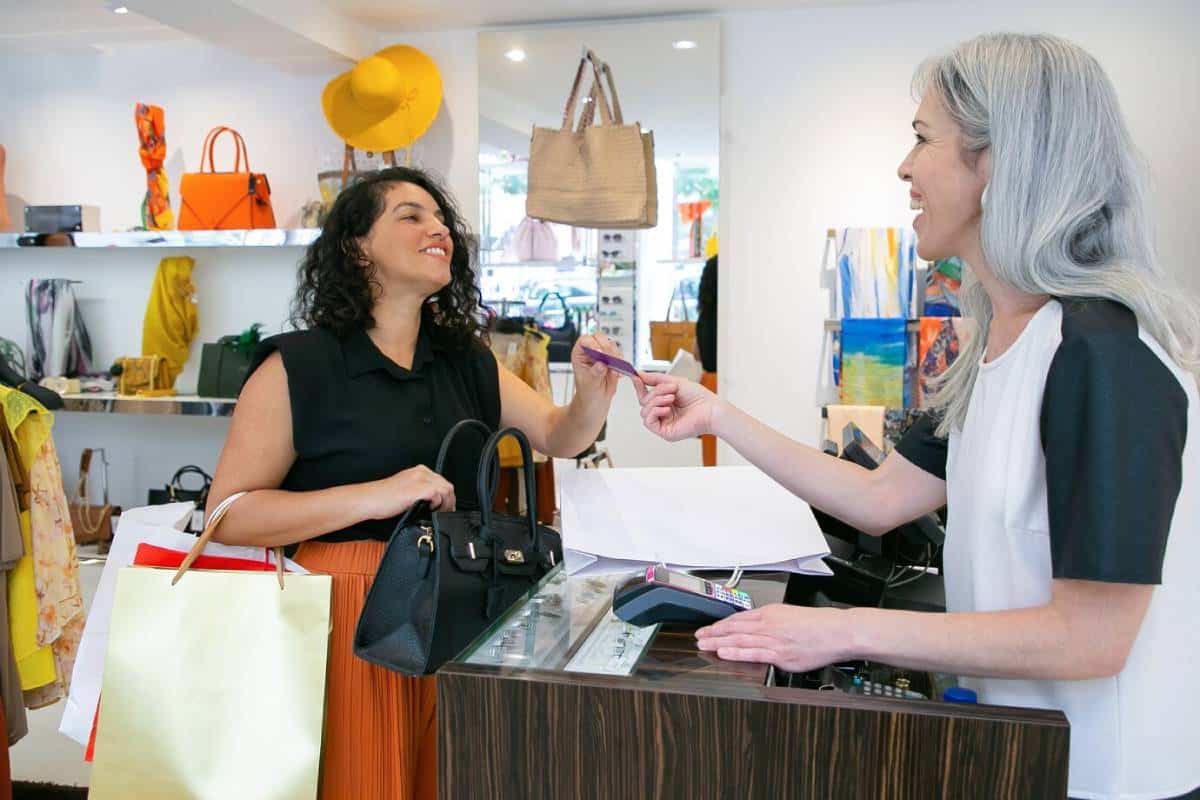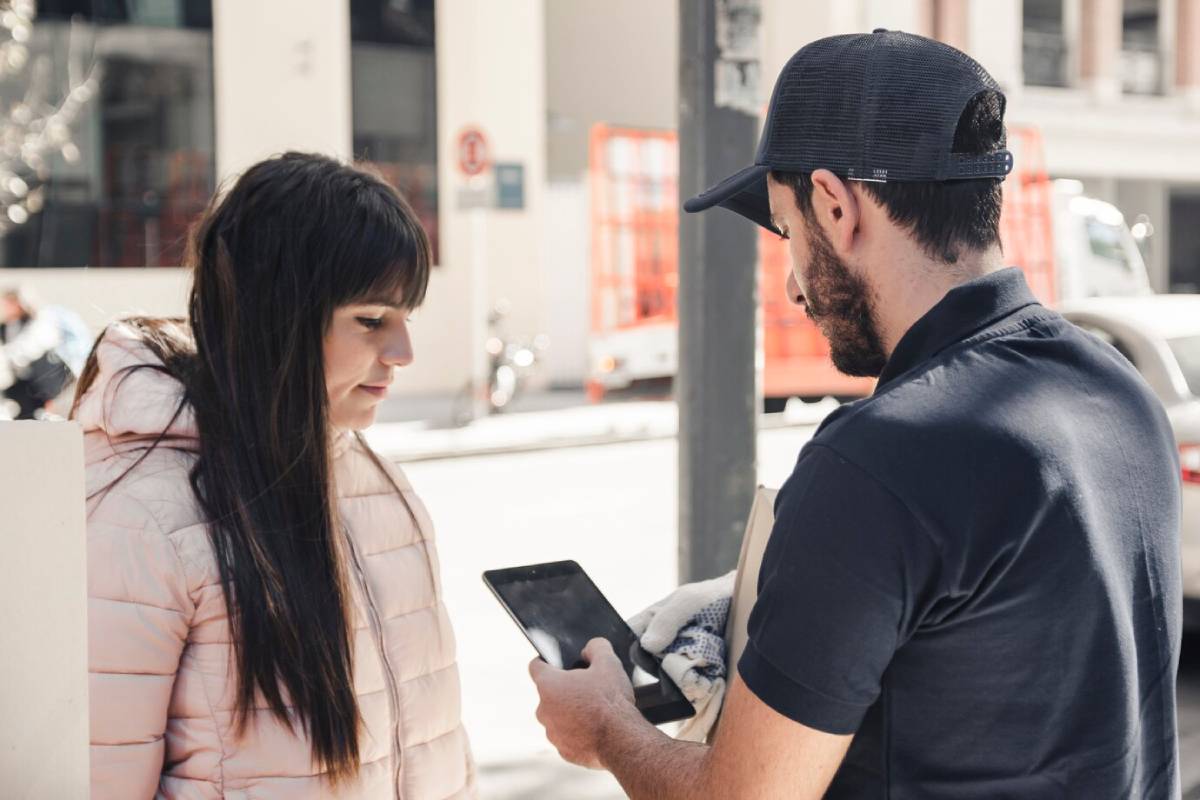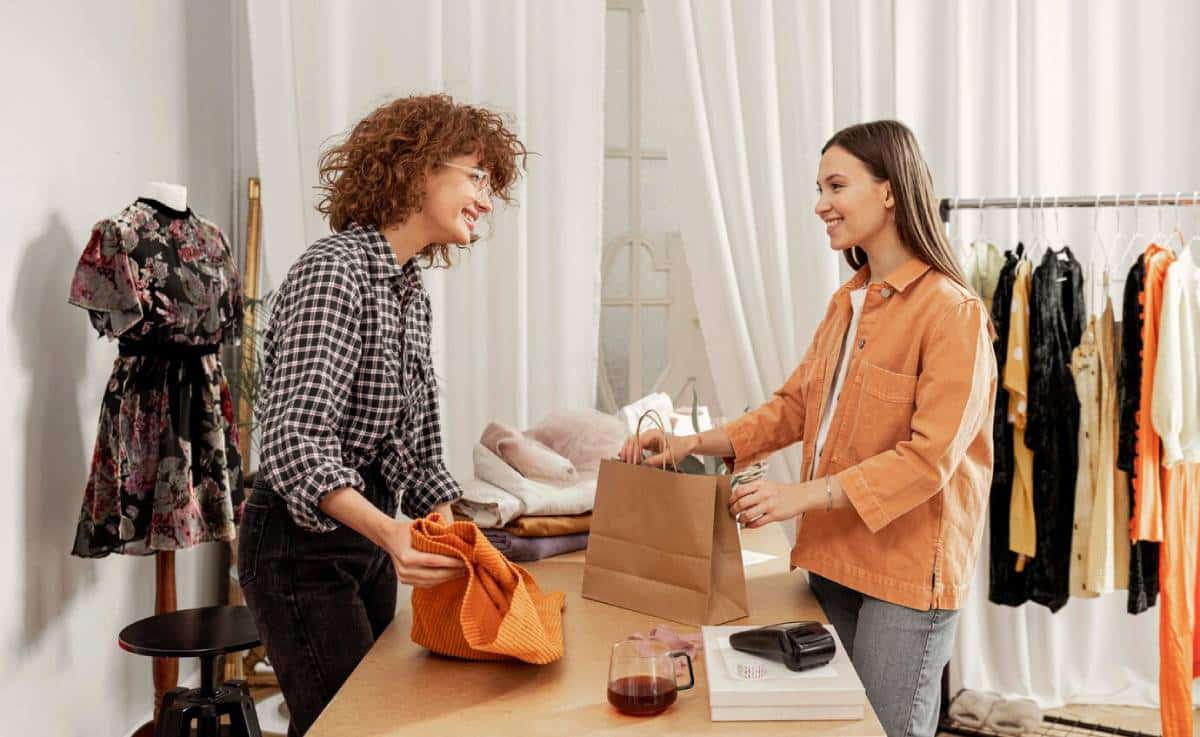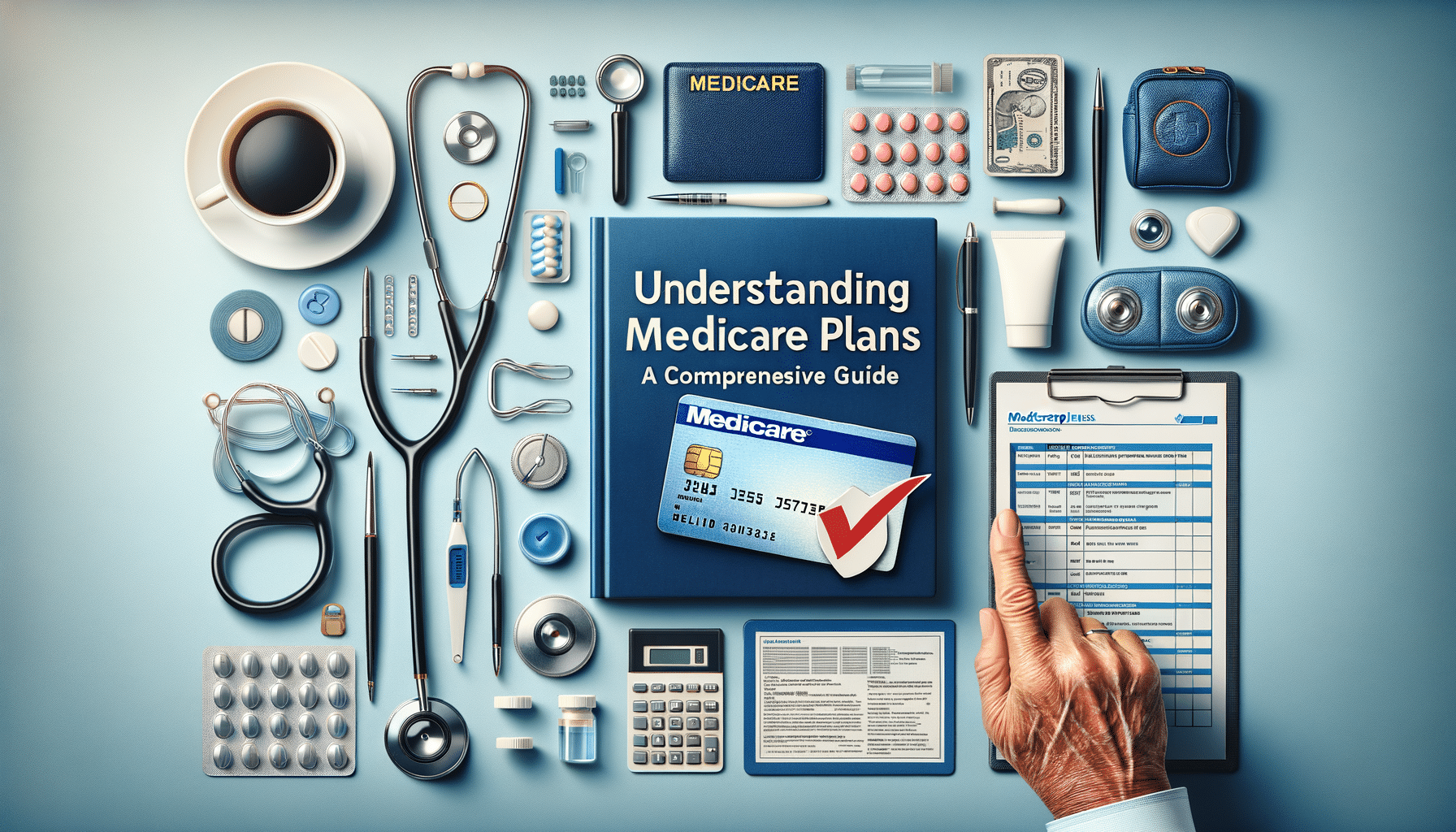
How to Bundle and Upsell Travel Gadgets for Higher Profits
Selling travel gadgets online is competitive. Customers have many choices. Smart product bundling and effective travel gear upsell strategies can help you stand out, increase profits, and make your store more valuable to every customer.
This guide will show you how to build a strong ecommerce strategy that turns small orders into bigger ones — without feeling pushy or fake.
Why Bundling and Upselling Matter for Travel E-commerce
Getting a customer to buy once is good. Getting them to buy a little more — and love it — is even better.
Product bundling and upselling help you:
- Increase the average order value (AOV).
- Make customers’ lives easier with ready-to-go solutions.
- Strengthen brand loyalty by offering smart recommendations.
- Reduce marketing costs by earning more per sale.
Pro tip: Bundling and upselling should always feel helpful, not forced.
Quick Checklist: Preparing to Bundle and Upsell Smartly
Before starting:
- Group products that solve related problems.
- Offer bundles that save customers money and hassle.
- Upsell higher-value items based on customer needs.
- Use simple, clear bundle and upsell language.
- Highlight real-world use cases, not just discounts.
- Offer easy one-click add-ons at checkout.
- Show the value difference between buying solo vs bundled.
- Personalise upsells when possible (based on browsing or cart behaviour).
- Make all offers mobile-friendly.
- Test different bundles and upsells to see what works best.
Important: Always bundle and upsell based on what makes sense for the traveller’s real journey.
Step-by-Step Guide: How to Bundle and Upsell Travel Gadgets
1. Understand Your Customers’ Travel Needs

First, think like a traveller.
Ask:
- What gadgets do travellers usually need together?
- What problems are they trying to solve?
Common needs include:
- Staying powered up.
- Staying organised.
- Staying safe and connected.
When you know the bigger journey, you can bundle gear that solves real needs, not random collections.
2. Create Smart Travel Gadget Bundles
Good bundles feel natural. They offer convenience and better value.
Examples:
- “Remote Work Starter Kit”: Laptop stand, portable charger, universal adapter.
- “Adventure Essentials Pack”: Waterproof pouch, rugged power bank, compact solar light.
- “Airport Survival Kit”: Noise-cancelling headphones, travel pillow, compact backpack.
Bundle names should hint at the adventure or solution, not just list products.
3. Offer Clear Savings and Benefits
Customers need to see a clear reason to buy the bundle.
Show:
- How much money do they save versus buying items separately?
- How the items work better together.
- How does it make their trip smoother or safer?
Use simple language like:
- “Save £25 when you buy together.”
- “Everything you need for your next adventure — in one easy kit.”
4. Use One-Click Upsells at Checkout
Checkout is a powerful upsell moment.
Offer:
- Accessories related to what the customer is buying.
- Slight upgrades (bigger battery, tougher case).
- Limited-time bundle discounts (“Add for £15 and save 20%”).
Keep it simple — one or two easy-to-accept offers, not a long list.
Tip: Show real value, not just “add more to cart.” Explain why the add-on improves their travel experience.
5. Personalise Upsell Offers Where Possible
Not every traveller needs the same gear.
Use data to:
- Suggest solar chargers to customers buying outdoor tech.
- Recommend travel security gadgets for backpackers.
- Highlight workspace accessories to remote workers.
Tools like Shopify, BigCommerce, and WooCommerce plugins can automate personalised upselling based on browsing or cart behaviour.
6. Tell a Story with Your Bundles
Stories sell better than lists.
Example:
- “Picture yourself hiking off-grid for three days. Our Adventure Essentials Kit keeps your gear charged, safe, and ready — no matter the weather.”
Stories help customers imagine why they need the bundle — and see themselves using it.
7. Show the Bundle Visually
Use clean, clear photos or simple videos.
Tips:
- Show all bundle items together.
- Use a real travel setting — not just a white background.
- Show items being packed into a carry-on or used outdoors.
Visual proof helps customers feel more confident about buying.
8. Make Returns and Exchanges Easy

Some customers worry about bundled products being harder to return.
Ease fears by:
- Offering bundle returns just like solo items.
- Giving clear, simple return policies.
- Letting customers exchange parts of a bundle if needed.
A smooth policy encourages more buyers to say yes.
9. Test Different Bundle Sizes and Styles
Not every bundle needs to be big.
Try:
- Mini-bundles: Two or three related items.
- Full kits: Five or more items for a complete solution.
Track which size gets better clicks and conversions.
Also, try testing:
- Discount bundles vs. bonus item bundles (“Buy two, get a third free”).
- Travel theme bundles (beach trip, hiking adventure, remote working kit).
10. Promote Bundles Across All Channels
Do not hide your bundles only on product pages.
Promote them:
- In email newsletters (“Gear up for your next adventure with these travel kits!”).
- On social media with real-use stories and images.
- On your homepage during peak travel seasons.
Bundles deserve as much marketing love as solo products.
Best Practices for Travel Gear Bundling and Upselling
- Stay Logical: Always bundle items that naturally go together.
- Focus on Solutions: Sell the benefit, not just the products.
- Keep Language Simple: Use clear, friendly words that customers understand quickly.
- Make Upsells Helpful, Not Pushy: Suggest, but do not pressure.
- Always Offer Real Value: Discounts, better convenience, or improved travel experiences.
FAQs
1. What makes a great travel gadget bundle?
It solves a real travel need, offers a small discount, and saves customers time and thinking.
2. How much should I discount a bundle?
Usually, 10–20% is enough to feel like a deal without hurting your margins.
3. What is the difference between bundling and upselling?
Bundling sells multiple products together at once. Upselling suggests a better or extra product during or after the main purchase.
4. Do bundles hurt individual product sales?
No — they often boost both by offering more choice and more value.
Turning Small Orders into Big Adventures
Travellers are planners — and dreamers. They want smart solutions, not more shopping stress.
By mastering product bundling, crafting smart travel gadget upsells, and following a strong ecommerce strategy, you create a store that feels helpful, exciting, and ready for adventure.
Bundle better. Upsell smarter. Build loyalty. Grow your profits.


